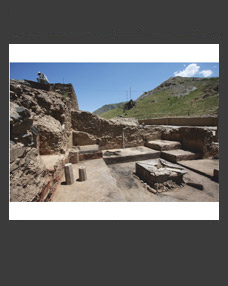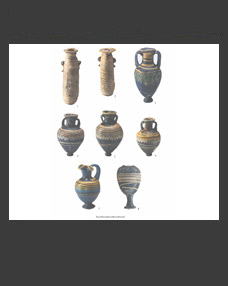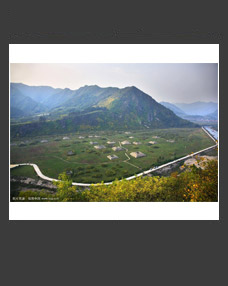Inna V. Islanova*, Elena V. Lagutkina**, Andrey V. Lagutkin**
*Institute of Archaeology RAS, Moscow, Russia (ivisl@mail.ru)
**Tver State University, Russia (and_lagutkin@mail.ru)
Keywords: Moshchino and Late Dyakovo cultures, culture of the Pskov long barrows.
Inadequate knowledge of certain areas of the Volga-Baltic watershed prevented us from investigating the local cultural processes of the mid‑1st millennium AD. Some data became available in the 1980s and after rescue excavations carried out at the site of Troitsa 1 in the early 21st century. The site is a multilayer settlement with remnants of surface structures with storage and hearth pits. It can be dated from artefacts and pottery to the late 4th – 5th century AD. Handmade pottery belongs to the range of antiquities related to either the Moshchino or the Late Dyakovo culture. Judging from pottery finds at the sites of the adjacent territories it can be surmised that after the abandonment of the Troitsa 1 settlement its population was ‘dissolved’ among the bearers of the Pskov long barrows culture.







